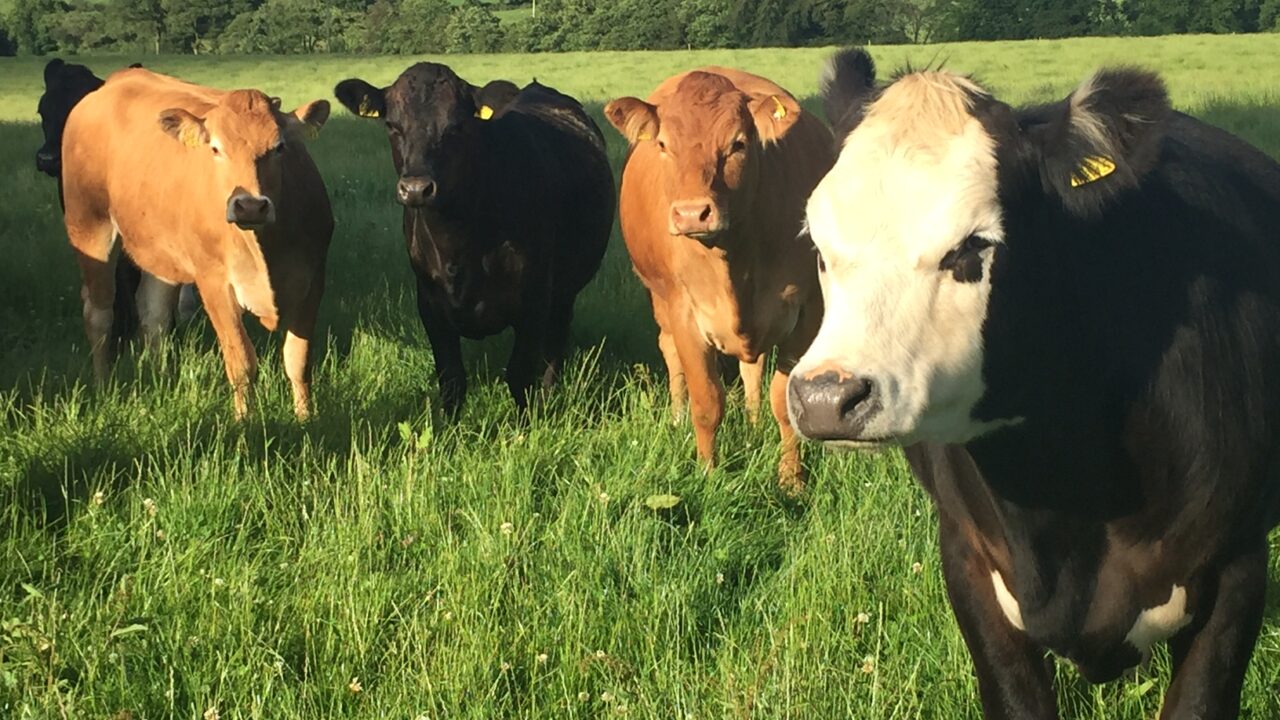A combination of a number of factors, including a delayed spring and tight fodder reserves at farm level, has seen the number of cattle slaughtered on a weekly basis drop.
In many parts of the country, grass cattle are running at least one month behind target and this is having positive implications on the prices farmers are achieving of late.
It now appears that the pool of cattle factory buyers can pull from is getting smaller – at least in the short term.
Official figures from the Department of Agriculture show that some 31,197 cattle were slaughtered in approved beef plants during the week ending May 20. Although this is a slight increase on the week before, it’s largely due to the resumption of normal processing after the bank holiday weekend.
When we look at the cumulative cattle kill for the month of May so far, 203 fewer cattle were slaughtered during the first three weeks of the month this year compared to the corresponding period last year.
Although this is only a marginal drop, the real extent of the delayed spring looks set to play out in lairages in the coming weeks. This will particularly become evident when shed cattle become scarce and factory buyers begin to hunt for animals finished off grass.
Week-on-week beef kill changes (May 2018 versus May 2017):
What are factories quoting?
Although many factories are starting negotiations with farmers at 415c/kg for steers and 420c/kg for heifers, the number of cattle being marketed at these prices is relatively small.
Many farmers are holding out for at least 420c/kg for steers and 425-430c/kg for factory-fit heifers. There are also reports circulating that some buyers are willing to cover transport costs when it comes to getting stock through the gates.
In addition, cow quotes are also holding relatively steady. Quotes of 350c/kg and 370c/kg are on the table for O and R-grade cows respectively, while deals are staring at upwards of 380c/kg for good-quality, U-grade cows.

